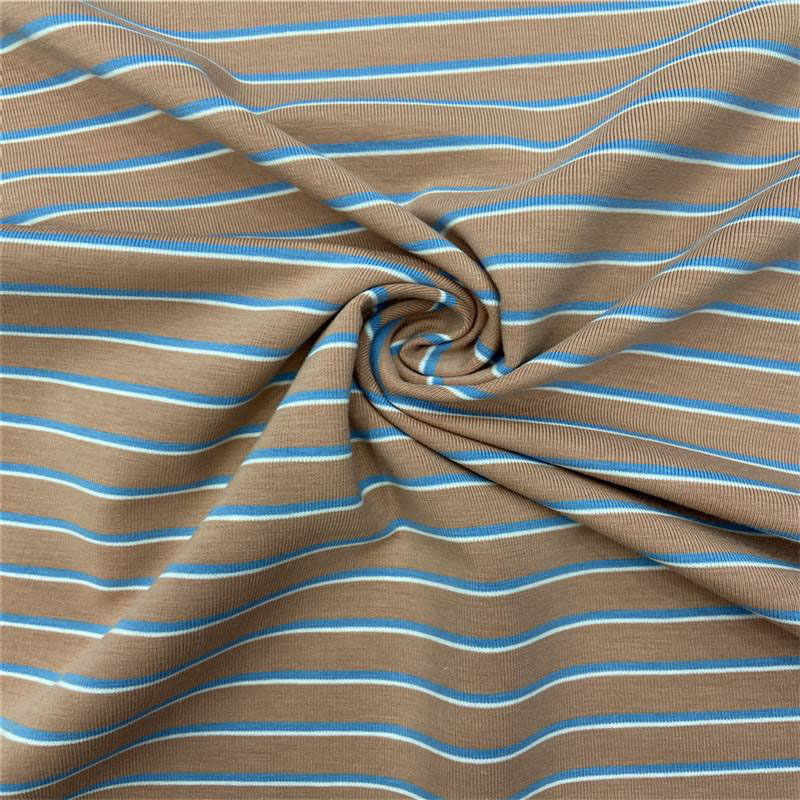The textile industry is undergoing a transformative shift towards sustainability, driven by the increasing market demand for eco-friendly materials. Among these innovations, single-sided knitted yarn-dyed fabrics stand out as a promising solution that combines environmental protection with technological advancements. In this article, I will share insights into the development and future potential of this innovative fabric.
Historically, knitted fabrics have been associated with various environmental impacts, from energy consumption to waste generation. However, recent advancements in technology have allowed for the creation of single-sided knitted yarn-dyed fabrics that prioritize sustainability without compromising quality. These fabrics undergo processes that minimize water usage and reduce carbon footprints, aligning with global sustainable development goals.

As we move forward, the market for these eco-friendly fabrics is expected to grow significantly. Consumers are becoming more aware of the environmental impacts of their purchasing decisions, leading to a rising preference for sustainable options. This shift offers opportunities for manufacturers to innovate further, developing processes and materials that meet the sustainability criteria.
In summary, single-sided knitted yarn-dyed fabrics represent a significant advancement in textile technology. Their sustainability and alignment with market demands position them favorably in the field of eco-friendly fabrics. As industry players continue to adopt and promote these innovations, we can look forward to a greener, more sustainable future in textiles.
